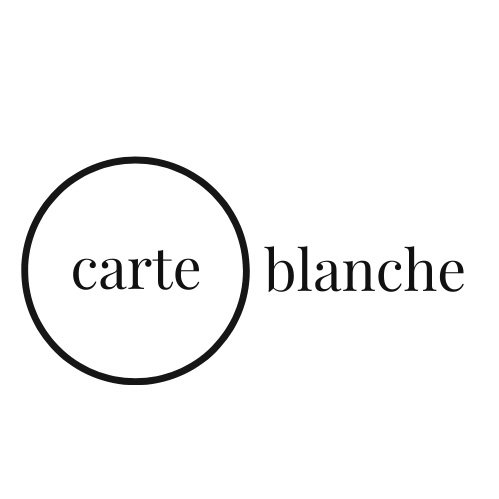On Reading “A Horizon Line”
by Alycia Pirmohamed
An essay-poem in response* to “A horizon line: flat style in contemporary women’s poetry” by Noreen Masud
I’m reading an essay in vol. 36, no. 4 of Textual Practice
about ‘flat style,’ a poetic style that Noreen Masud describes as “so overloaded—
with feeling, language and detail—that it turns counter-intuitively into something numb and detached, which seems to shut down further discussion, and create impasse.”
What is your writing process? Someone asks me in the common room
and I think of how I read and reread texts that inform the way I move
through the world, theory that teaches me language of citation: the navigation
of the fourth space in Threads by Sandeep Parmar, Bhanu Kapil, and Nisha Ramayya,
the architecture of race and poetry unspooling in its pages; No Archive
Will Restore You by Julietta Singh, which I read in grad school, poring over
the free pdf online (https://punctumbooks.com/titles/no-archive-will-restore-you/); stretching and contracting with the spine of Sara Ahmed’s Strange Encounters—
now also “A Horizon Line,” where the phrase “causing (gendered) trouble” feels like an invitation to swim in still water. There is agency
in that, in the way we translate ebb and flow and stopgap. “This essay considers the forms that flat style might take” and I am reminded of the (flat)
homelands I have settled on in the past, the bodies of water
I now frequently visit. Have I exchanged one flat style for another?
On my phone, I scroll through my reel and find the familiar shape of Lochend Park, it’s unrippling. I have taken so many photographs
of waterbirds. Yesterday’s heron (02/03/22) didn’t like when I was near. She wanted to be close to the lagoon’s edge, but as far as possible
from my vertical erosion. I swipe. Next, a photograph
of bright green moss on a garden sculpture that cannot move.
“Flatness refers in this essay to a woodenness of poetic style which results from equal pressures to feel too much and not enough”:
the tension between an outpouring and a withholding. I think of a woman balanced on the cusp of her volta, between iamb and enclosure.
I could have written ‘body’ instead of ‘vertical erosion,’ but something in me leans toward ambiguity, something in me sways between waterlogged
and fissured tree, something in me wants to transform abstraction, of which my body is my favourite, into the religious experience of epiphany—
only to pull back again. Masud’s eighteen pages on flat style slide together. I read discursively, I switch from one mode to another, feeling
compelled to analyze every two-dimensional heirloom I once captured. The moss is only as bright as the aperture setting allows.
“What matters is not bareness, or emptiness, or restraint, but the stylistic signal that you are performing emptiness and restraint in the right ways.”
I am thinking about legacies and wide-open doors. I walked
through Sandeep Parmar’s Faust and Bhanu Kapil’s The Vertical Interrogation of Strangers
again and again. When I emerged on the other side, I unravelled
in pure, unfiltered feeling. Part three is titled “Melodrama” and this version
of myself closes all the browser tabs with Alberta’s grasslands
in the search bar because, already, I know too much about that particular
flat style. For example, I have spent days revisiting all my photographs of canola fields and country highways, of Maligne Lake unobtrusively still
against the threshold of mountains. In Parasitic Oscillations, Madhur Anand writes the line and then I saw there were girls everywhere.
“The elimination is not the point: the performance of elimination is.” When I finish reading the essay, I think I understand
how and when and where and why the patriarchal gaze accepts
my flatness versus the imperceptible way I sometimes become the heron,
burgeoning wingspan outside the flatness of water.
The way I am sometimes unwilling to come near, so ambiguous and evasive,
dressed for photographs in my untameable strangeness.
The way I am perceived as a range of intergenerational trauma,
only to find my own face staring back at me
from the lagoon’s stretched water. That flat version of me, a reflection
of all that might be understated––
concealer and a navy blue raincoat. A version of something that vanishes
once I move. I didn’t have to call it ‘vertical.’
I read once that all art comes down to scale and choice.
“A writer is intermittently or ambiguously in charge of their own style, able or not able to change it through an exertion of effort.”
* The majority of this essay-poem was written while reading Noreen Masud’s article “A Horizon Line” in March 2022. It documents discursive thoughts and non sequiturs during the reading process. I was also inspired by Masud’s insightful and poetic analysis of three recently published books of poetry, which I also loved, by Emily Berry, Sophie Collins, and Rachael Allen. All quotations are from “A Horizon Line” unless stated otherwise. This essay-poem is a textual and lyric response to the article and an ode to reading.
ABOUT THE CREATOR
Alycia Pirmohamed is a Canadian-born poet based in Scotland. She is the author of the poetry collection Another Way to Split Water, and she currently teaches Creative writing at the University of Cambridge. Alycia received her MFA from the University of Oregon and her PhD from the University of Edinburgh. She is the recipient of numerous awards including the 2019 CBC Poetry Prize, a Pushcart Prize, and the 2020 Edwin Morgan Poetry Award.


